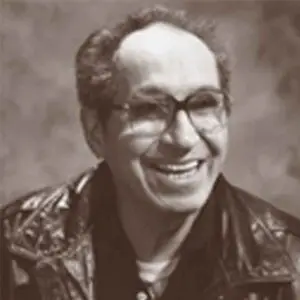Our History
FNA History
In 1967 FNA was incorporated as a nonprofit under the laws of the State of Alaska. Membership is open to descendants of Alaska Natives and American Indians. Members once a year elect a nine-person board of directors. Today FNA is a powerful and influential Native American voice in Alaska.
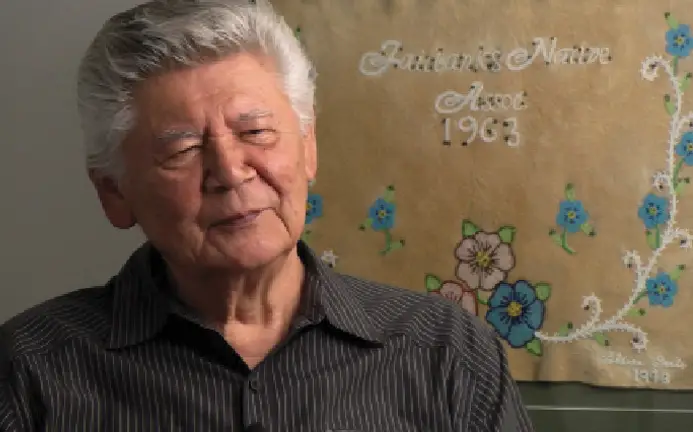
Our Story
Early Days of FNA
“There was really no place for Native kids to go after school,” Wallis said. “I put a pool table in and pretty soon that became a hang out.”
Youth have always been an important part of FNA. Under his presidency, from 1970-72, Wallis brought in the Johnson O’Malley Program, which continues to this day.
But it was Indigenous land claims that brought Wallis to FNA in 1968. The organization, which formed in 1963, had frequent meetings to discuss land claims. Alaska had become a state and the new government was selecting Native land as its own. It was a big concern, and he wanted to know more.
FNA Meetings & Growth
FNA founder Ralph Perdue invited him to FNA meetings, which were being held in the basement at the old Presbyterian House. The discussions brought together the young people who would further develop FNA, Tanana Chiefs Conference, Doyon Ltd. and the Alaska Federation of Natives. While land claims spurred them, all were concerned about education, jobs and the wellbeing of Alaska Native families.
By 1970, Wallis was elected FNA president. He leased a former doctor’s office on Fourth Avenue. He, Mary Jane Fate, Ralph Perdue, and others cleaned up the place, and opened the doors. That was where the pool table went in.
He was able to negotiate a contract with Bureau of Indian Affairs to provide services to Alaska Natives in Fairbanks.
“From there I hired Hannah Solomon to work for FNA, giving assistance,” he said.
FNA also provided office space for the newly formed Tanana Chiefs Conference, he said, along with telephones and per diem for TCC travelers. Soon DNH Development Corporation, a for-profit operation owned by TCC, moved in.
“Then we got a couple of other (FNA) programs, and we were getting too big for that building,” Wallis remembered. So then he bought a two-story building on the corner of Lacey Street and Wendell Avenue.
“The FNA board wasn’t happy about that, because they didn’t approve to buy it,” he said. But I didn’t get terminated.”
Everyone moved to the new building, taking the pool table with them.
Land Claims Became a Larger Concern
By that time, land claims took on a larger concern. Oil was discovered on the North Slope in 1968, and oil companies proposed to build an oil pipeline from Prudhoe Bay to Valdez, transecting Native land. However, in 1966 Secretary of the Interior Stewart Udall ordered a land freeze on any selections. That meant the pipeline couldn’t be built until land claims were settled.
It was a complicated discussion. Alaska Natives wanted 290 million acres of Alaska’s 375 million acres. They also wanted monetary settlements, according to a report by the University of Alaska Institute Social, Economic and Government Research.
The claims covered the most valuable land in the state, and the state would lose oil revenues and resource development in the halt, state officials said.
Udall wouldn’t lift the land freeze until Congress passed a bill defining the aboriginal rights of Alaska Natives.
Getting Congress to pass such a law would be hard, but it was the best choice for Alaska Natives.
“Our attorneys wanted to settle for money, but we wanted the land,” Wallis said. “That meant we had to go to Congress to get the land.”
Leaders at TCC and FNA, along with the newly formed Alaska Federation of Natives, began to lobby in Juneau and Washington D.C. in earnest.
Alaska Natives presented a united effort, eventually winning over the Alaska Chamber of Commerce, the Alaska Miners Association, and ultimately, congress.
“We had a good show of strength at that time, “ Wallis told Walker Newman for Project Jukebox.
ANCSA Signed December 1971
President Richard Nixon signed the Alaska Native Claims Settlement Act in December 1971.
Wallis was at an AFN meeting in Anchorage. The group watched the signing via satellite link.
The signing meant FNA would add another tenant to their building: Doyon Limited.
“FNA did play a role in land claims,” Wallis said. “People don’t realize how much.”
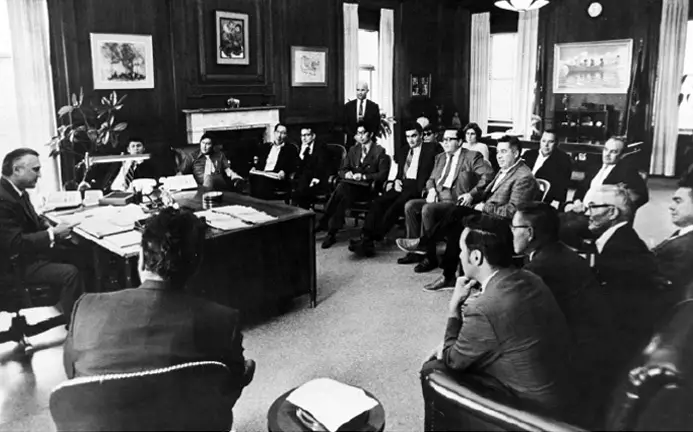
Legacy
Founding Members
In 1967 FNA was incorporated as a nonprofit under the laws of the State of Alaska. Membership then as it is now was open to Alaska Natives and American Indians of one-quarter blood or greater who once a year elect a nine-person board of directors. Today FNA is a powerful and influential Native American voice in Alaska. Over the years our organization has changed public policies that were discriminatory to our people and our programs have helped countless people find new jobs, maintain sobriety, celebrate their culture, and receive an education.
As FNA continues to build a stronger community, we will hold true to our mission “to provide quality services in a professional manner for our membership and the greater Fairbanks community.”
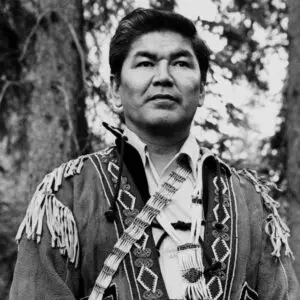
Ralph Perdue
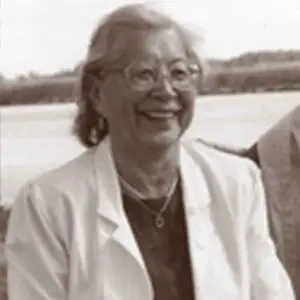
Poldine Carlo
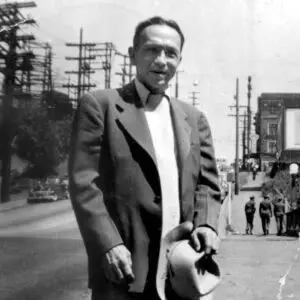
Nick Gray
